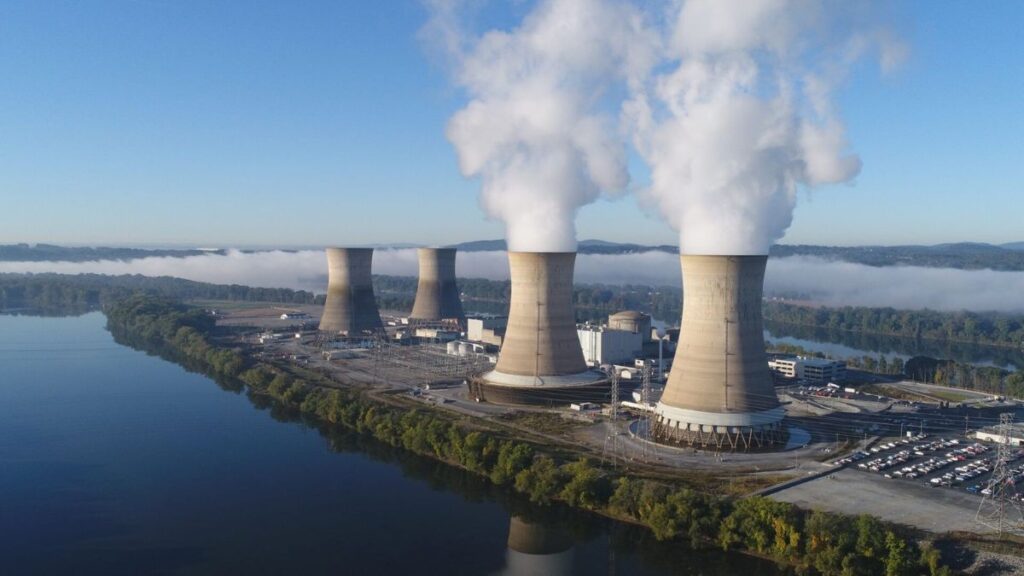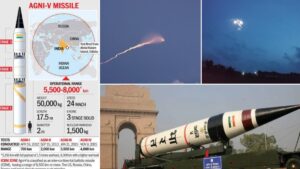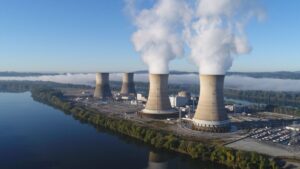How many nuclear power plants does India have, where are they located and how much electricity do they produce?

India's current nuclear power capacity stands at 8880 MW | Image for representation
Once considered a marvel in clean energy production, nuclear power plants around the world now receive mixed reception. There is no doubt that they produce clean energy unlike their fossil fuel burning cousins but the hazards of a disaster and the aftermath of an accident at a nuclear plant have led to a reduced interest in harnessing the power of nuclear energy for electricity production. Accidents like Chernobyl and Fukushima have made the world rethink about investing further into nuclear power stations.
Nevertheless, many countries around the world operate nuclear power plants for various reasons ranging from utilizing existing infrastructure to developing disaster-proof technologies. So the question arises – how many operational nuclear power plants does India have?
Details of India’s Nuclear Power Plants
Dr. Jitendra Singh, Union Minister of State, Department of Atomic Energy and Department of Space, in a written reply in the Lok Sabha on August 20, 2025 revealed that India currently operates seven nuclear power plants, spread across 6 states, producing a total of 8,880 MW of electricity. Here are the details of India’s nuclear energy production:
- Maharashtra – Tarapur: 1,400 MW (TAPS-1: 160, TAPS-2: 160, TAPS-3: 540, TAPS-4: 540)
- Rajasthan – Rawatbhata: 1,880 MW (RAPS-1: 100*, RAPS-2: 200, RAPS-3: 220, RAPS-4: 220, RAPS-5: 220, RAPS-6: 220, RAPS-7: 700)
- Tamil Nadu – Kalpakkam: 440 MW (MAPS-1: 220, MAPS-2: 220) & Kudankulam: 2,000 MW (KKNPP-1: 1000, KKNPP-2: 1000)
- Uttar Pradesh – Narora: 440 MW (NAPS-1: 220, NAPS-2: 220)
- Gujarat – Kakrapar: 1,840 MW (KAPS-1: 220, KAPS-2: 220, KAPS-3: 700, KAPS-4: 700)
- Karnataka – Kaiga: 880 MW (KGS-1: 220, KGS-2: 220, KGS-3: 220, KGS-4: 220)
*RAPS-1: 100 is under extended shutdown
Government plans to include the private sector to develop technologies for small nuclear reactors to be used in captive power plants to reduce the carbon footprint of wide array of industries viz., Minerals & Metals, Petrochemical etc.
In FY2024-25, as part of Budget Announcement, a policy directive has been set to partner with the private sector for setting up Bharat Small Reactor (BSR), and in pursuance of the same, NPCIL has floated Request-for-proposal to private industries to finance and build small-sized 220 MW-PHWR based NPPs as captive plants for electricity production.





